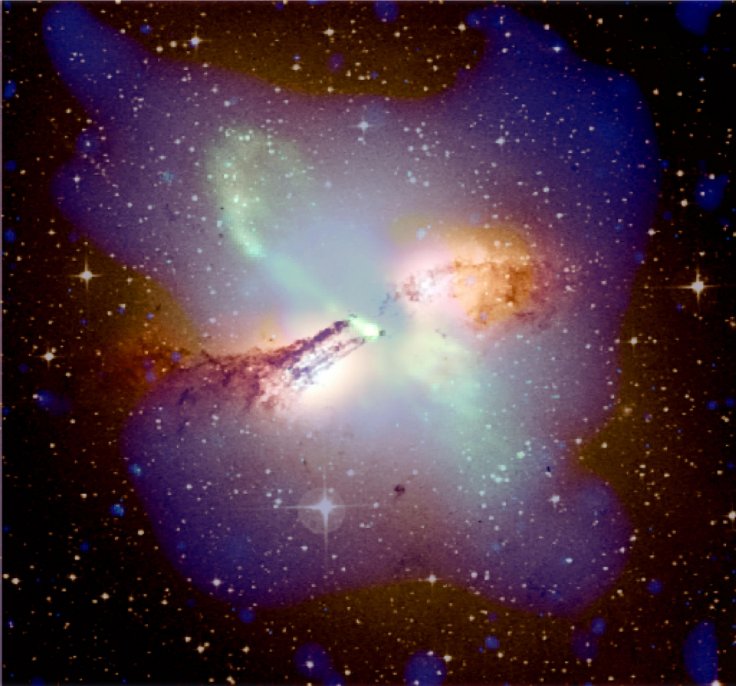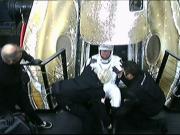
A team of scientists including researchers at the Australian National University (ANU) has detected a neutron star swallowed by a black hole. It should be noted that neutron stars and black holes are remains of dead stars, and this is for the first time that scientists are detecting this rare celestial event.
Scientists detect this event on August 14, 2019, when gravitational-wave discovery machines in the United States and Italy detected sudden ripples from space. Upon analysis, scientists found out that these ripples came from the farthest nooks of the universe, which is approximately 8,550 million trillion kilometers away from earth.
"About 900 million years ago, this black hole ate a very dense star, known as a neutron star, like Pac-man—possibly snuffing out the star instantly. The ANU SkyMapper Telescope responded to the detection alert and scanned the entire likely region of space where the event occurred, but we've not found any visual confirmation," said Professor Scott, leader of the General Relativity Theory and Data Analysis Group at ANU, in a recent statement.
Even though scientists believe that the ripples are the result of a black hole swallowing a neutron star, they are still unclear about the size of these space bodies. Scientists even speculate that there is a possibility that the swallowed object might be a very light black hole.
"Scientists have never detected a black hole smaller than five solar masses or a neutron star larger than about 2.5 times the mass of our Sun. Based on this experience, we're very confident that we've just detected a black hole gobbling up a neutron star. However, there is the slight but intriguing possibility that the swallowed object was a very light black hole—much lighter than any other black hole we know about in the Universe. That would be a truly awesome consolation prize," added Scott.
A few weeks back, using the data from NASA's Chandra X-ray Observatory, scientists had discovered a cloaked black hole that was formed just 850 million years after the Big Bang. After making this discovery, scientists revealed that learning more about this black hole could help to know more about the early years of cosmos formation.








